Science projects ideas and experiments are a great medium for school students to learn practically. Explore a wide range of captivating science project ideas and experiments to get good scores.
Table of Contents
Science project ideas are an interesting way to learn the subjects not only for exams but also for life. Students can perform various innovative experiments like classifying fingerprints, learning the science of taste, making a slime and so on.
Further, there are a wide variety of science project ideas, like making a Lemon Battery, Egg and Vinegar experiment, DIY a plant growing box, etc., that middle and high schoolers can present on their upcoming science project submission day.
List of Science Project Ideas
Science project ideas are a perfect way to explore a combination of science, technology and maths. School students are curious learners, look for ways to have fun while learning. Below are the 10 most popular science project ideas for school students to try.
- Watering Plants with Different Kinds of Water
- Learning Genetics with Jelly Beans
- Classify Fingerprints
- Purify Water Through Charcoal
- Make a Slime
- Learning Light Reflection Through Colours
- Make a Lemon Battery
- Bounce the Egg Experiment
- Dye Polymer Bouncy Balls
- Learn Sense of Taste with Food
1. Watering Plants with Different Kinds of Water
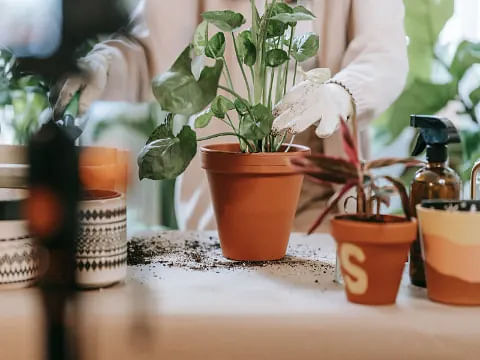
Picture credit: pexels.com
Plants respond to their environment instantly as species. Watering plants with different types of water gives varied outputs. Students can read the points below to conduct this experiment.
Requirements
- 3 plants of the same species
- 3 different types of water
- 3 pots
- Soil
Output: Students will observe that the plants have growth patterns in response to their environment. This is due to the quality of the environment to which they have been exposed for two weeks. The plant that received natural water had the healthiest growth, while the polluted water-receiving plant had no growth and dried. Besides, the plant that received tap water had average growth. Thus, here, students learned about how plants thrive in different habitats.
Also Check: 7 Science Projects for Class 10th
2. Learning Genetics with Jelly Beans
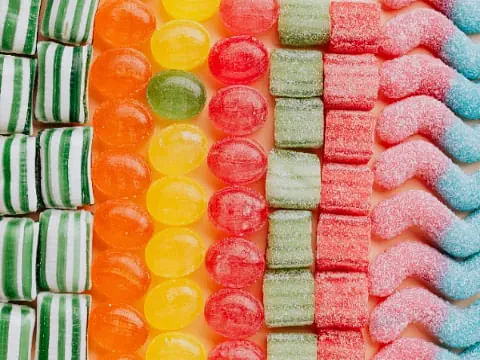
Picture credit: pexels.com
Humans on this planet inherit their parents or family tree traits & characteristics. Every student is unique, and their traits differ from one another. Students can try this science project idea where they will learn genetics through Jelly beans.
Requirements:
- 1 Jelly bean
- Genetics activity sheet
- Jelly beans must be of different colours, like orange, red, yellow, etc.
Output: In the experiment, each jelly bean represented a different gene. The gene characteristics and traits vary on chromosome structure and DNA. Each DNA is unique and inherits its characters from its parent chromosomes. The parent genes also have inherited their characteristics from their parents, and thus, the cycle continues. Yet, the astonishing factor is that every gene is unique on its own.
3. Classify Fingerprints
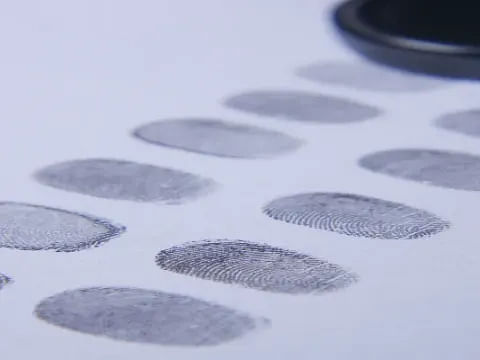
Picture credit: pexels.com
Every human being has a unique fingerprint, and none of the fingerprints matches with another. It is a very interesting activity to study different types of fingerprints. Students can go through the steps below for this experiment.
Requirements:
- 1 bank paper
- Ink bottle
- Bowl
Output: In this experiment, students will observe that every thumbprint is different from another. The forensics department analyses these thumbprints to identify anyone. The thumbprint of every individual differs from the others as the thumbprints are part of the biometric information of any individual.
Also Check: Physics Project for Class 12 2023: Top 50 Experiments & Ideas
4. Purify Water through Charcoal
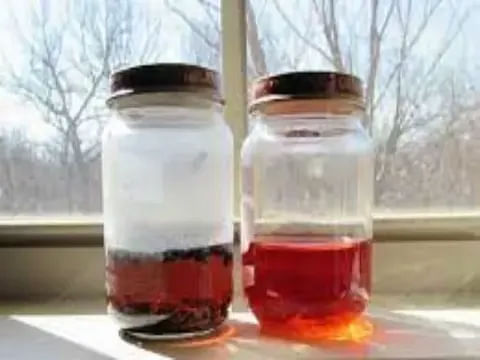
Picture credit: homeschoolscientist.com
At present, water contamination is a serious problem and polluted or contaminated water causes serious health problems. Therefore students can dye a charcoal purifyer on their own by following the process given below.
Requirements:
- 2 Bowls
- Net bowl
- Contaminated water
- Boiling pan
- Binchotan charcoal (white charcoal)
Output: In this experiment, students will have to pour the contaminated water in one bowl and put the charcoal in the net bowl after boiling it. The charcoal and net bowl will act as a filter. Students will have to pour the contaminated water on the charcoal and below this they must keep an empty bowl. Students will observe that the charcoal has filtered the contaminated water.
5. Make a Slime
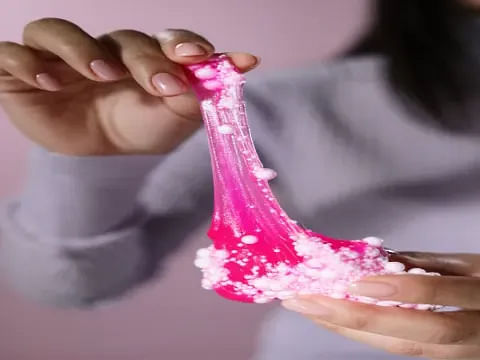
Picture credit: pexels.com
Slime is a mixture of household items that are combined to create a polymer substance popularly called non-Newtonian fluid. Students can go through the below given procedure to create their own slime.
Requirements:
- White glue
- Corn starch
- Contact lens solution/saline solution
- Borax/sodium borate (soap)
- Shaving cream
- Fun ingredients (colors, florescence, scents, glitters, etc.)
Output: Students will have to take a bowl and pit each ingredient at a quantity of ½ spoon and mix well. Students must store the mixture in a zip bag and the next day they will see the slime is ready. The science behind slime is the slime is made of long chains of molecules that bind together when the ingredients blend in the bowl thus there is a chemical breakdown in the process.
6. Learning Light Reflection Through Colours
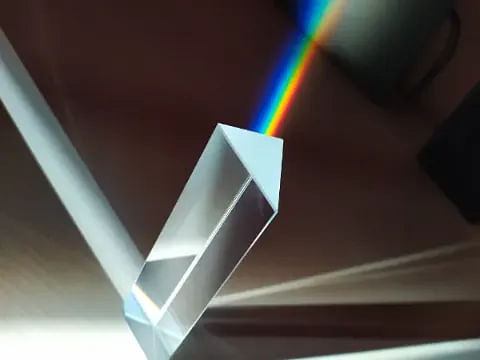
Picture credit: pexels.com
Light is an energy around us made of photons, and its source is the sun. Students must have studied that light travels the fastest in this universe. Candidates can experiment below to learn more about the phenomenon of light reflection.
Requirements:
- 1 bank paper
- Colour crayons (yellow, black, peach)
Output: In this experiment, candidates will notice that when the blank paper is covered with different colours, the highest light is reflected by the bright colour, the least from the darkest colour. This is so because when a light ray approaches a smooth, bright, and polished area, it bounces back, whereas in the other case, the colour absorbs the light, and the density of reflected light decreases.
7. Make a Lemon Battery
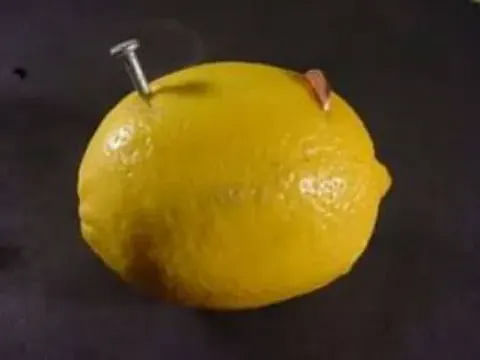
Picture credit: slideshare.com
A lemon battery is a dye battery that can actually produce electricity. The electricity produced in a lemon battery is from electrodes.
Requirements:
- 1 Lemon
- 1 copper nail
- 1 Zinc nail
- 2 wires
- Calculator
Output: In this experiment, candidates will have to insert a lemon nail and a zinc nail into the lemon. Then, they have to take + and - points of the wire and attach them to the nails. Besides, they must attach it to the calculator’s battery point. After some time, they will observe that the calculator has started working. This happens because the electrolytes transfer electrons into the calculator. Thus, students created a voltaic battery using different metals.
8. Bounce the Egg Experiment
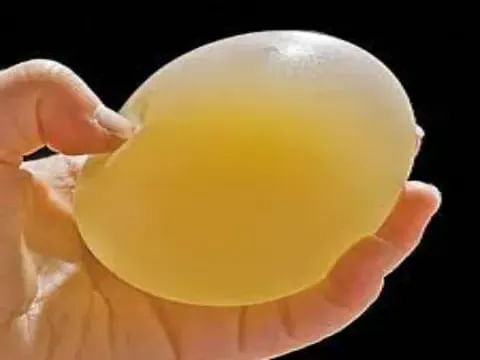
Picture credit: pinterest.com
Students must have played with a bouncy ball but should try playing with a ball for themselves, too. Candidates can refer to the science project ideas stated below.
Requirements:
- 1 glass
- 1 Egg
- 1 cup vinegar
Output: Examinees must take a glass and pour the vinegar into it. Then, students must put the egg into the glass and leave it for the next 48 hours. After 48 hours, students must take the egg out of the vinegar and remove the egg shells, and the egg will bounce when dropped.
This happens because the vinegar contains ethanoic acid, which reacts with calcium carbonate. In the meantime, this chemical reaction dissolves the hard eggshell, and the egg bounces.
9. Dye Polymer Bouncy Balls
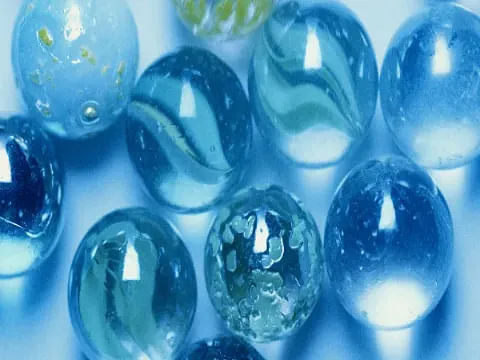
Picture credit: pexels.com
The Polymer Bouncy Ball experiment allows students to make balls using different ingredients or chemicals. Students can refer to the below and try this experiment to get good scores in their class.
Requirements:
- Borax
- Elmer’s White Glue-All
- Elmer’s Blue Glue Gel
- Liquid Latex Rubber
- 5% acetic acid (white vinegar)
- Small paper/plastic cups
- Plastic stirring rod or wooden stick
- Pipettes
- Tap water
- Small sealable plastic bags
- Ruler/yardstick
- Food colouring
- Store-bought bouncy balls
Output: In this experiment, when borax is added to the chemical reaction, it functions as a cross-linker between polymer molecules and the glue. It creates a chain between the molecules, and cornstarch helps in molecule binding that gives shape to the molecules.
10. Learn Sense of Taste with Food

Picture credit: pinterest.com
Tasting food is a science and for every person the preference of taste differs based on their likes and dislikes. Therefore students can try this simple experiment to learn the science of taste while identifying their preferred taste.
Requirements:
- 1 lemon
- 1 chocolate
- 1 chilli
- 1 chip pack
-
- 1 cooked bitter gourd
Output: In this experiment, students will have to ask their project mates to pick one ingredient and taste it. Their partners will have to describe their reaction after tasting the ingredient with a cause. Further, after some trails students will find out that the taste differs person to person. This is because the taste buds in our tongue detect and respond to various tastes which creates different taste preferences among humans.
How to Choose the Right Science Project Ideas?
There are numerous science project ideas that students can use for their science projects. Yet, the trick is to choose the right science project idea. Students can follow the below-given pointers to do so.
- Research the availability of resources for the science project idea.
- Choose the science project idea that suits your interest and is easy to do.
- Discuss with project mates the right science project ideas as per their choice.
- Try to choose a science project idea that suits the given topic, and materials are easily available.
- Don’t select a lengthy science project idea, as students have to submit it within the deadlines.

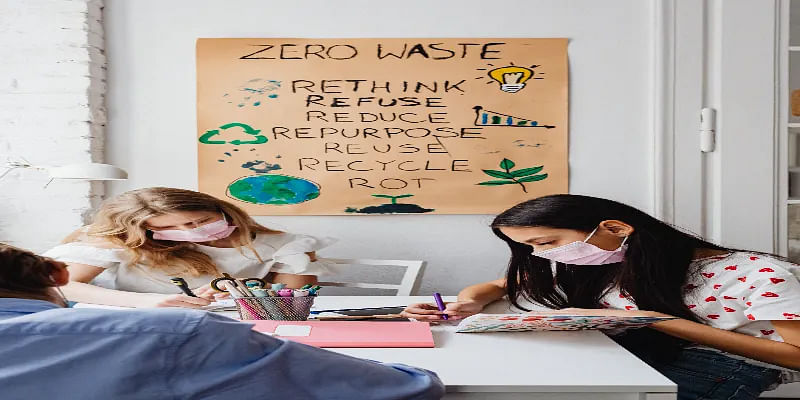





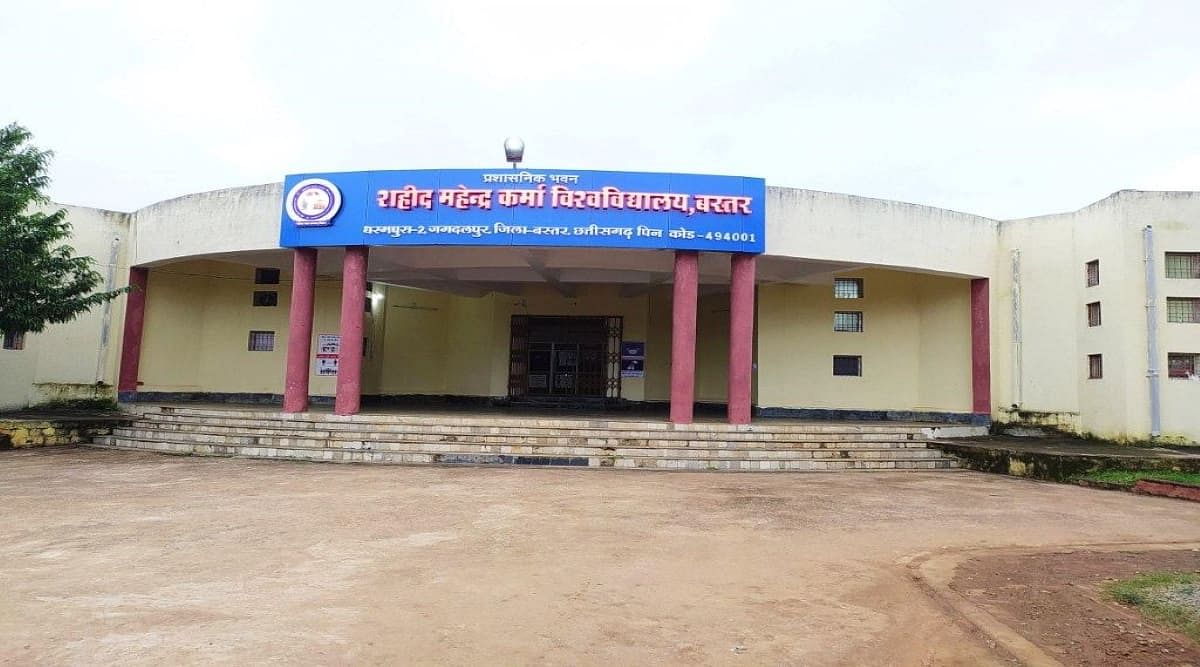


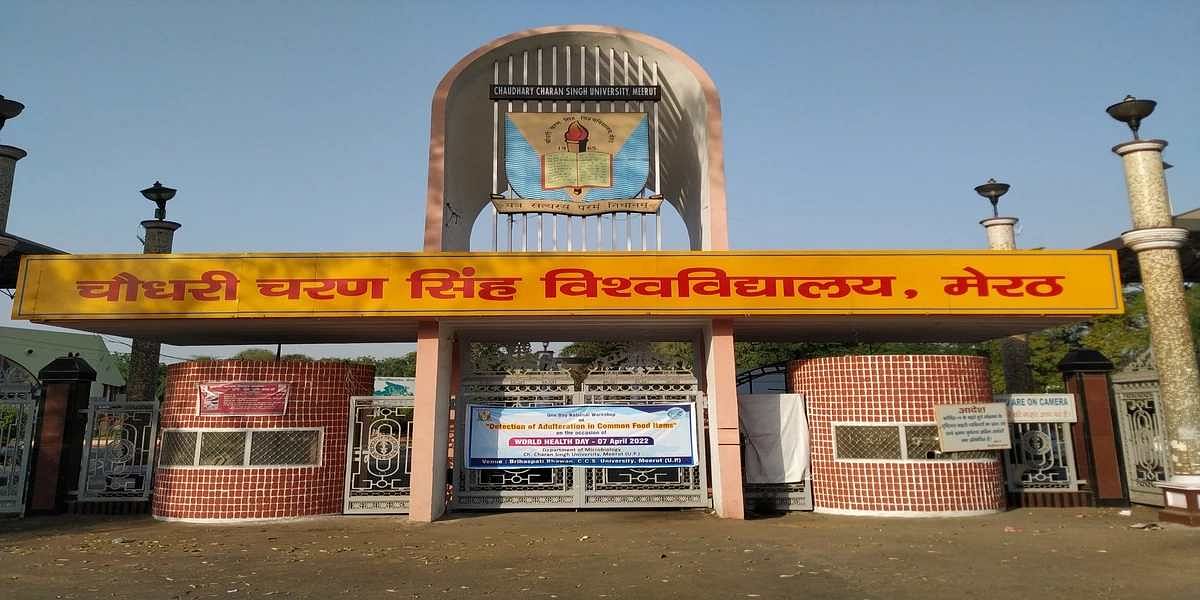

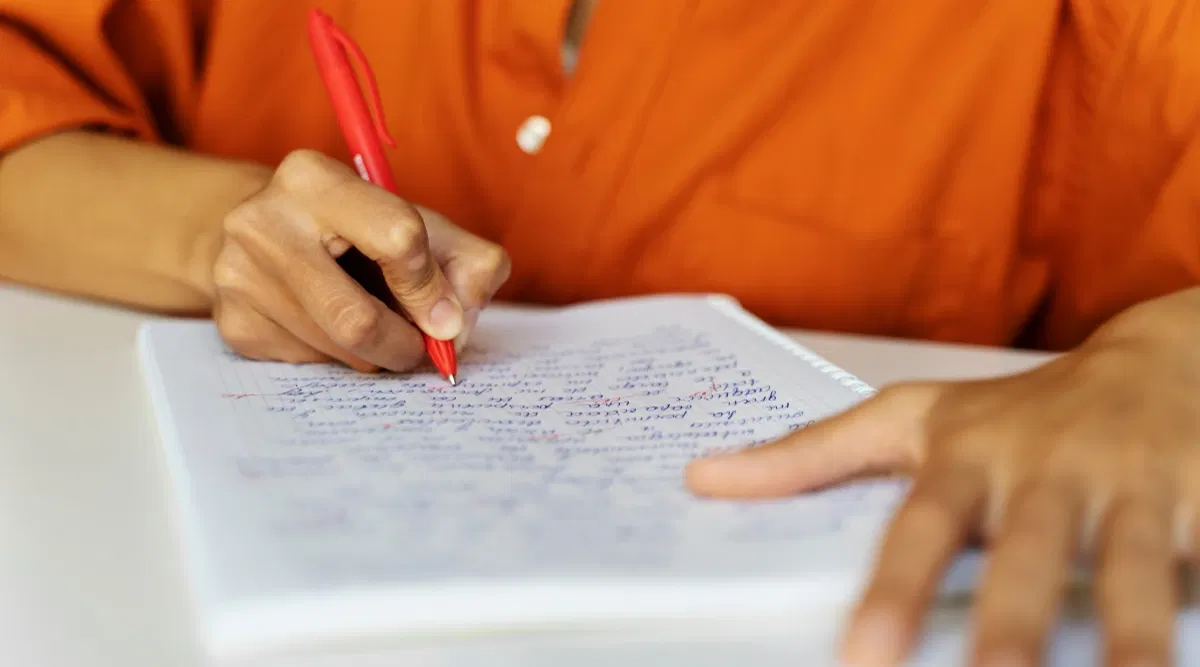
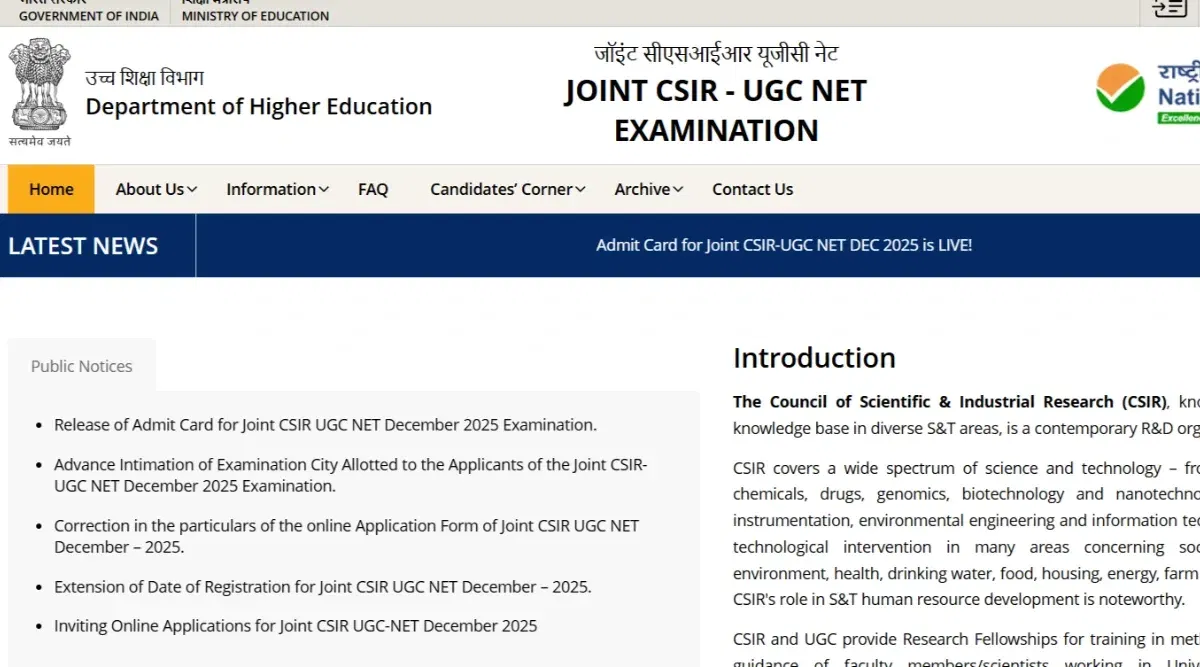
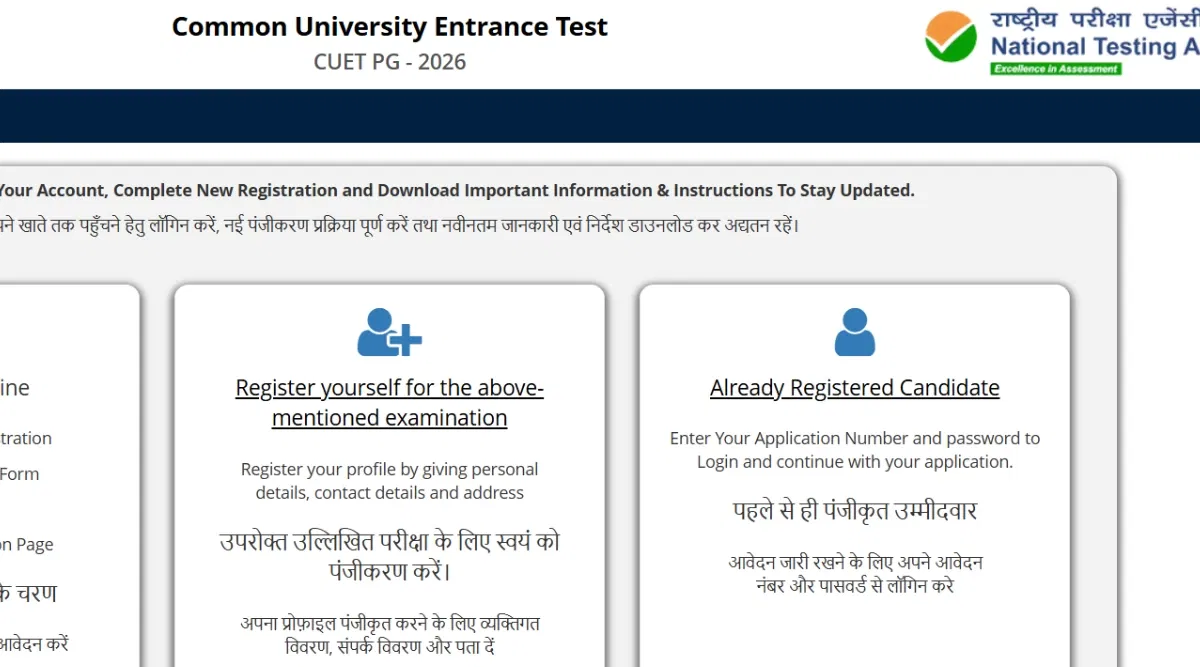


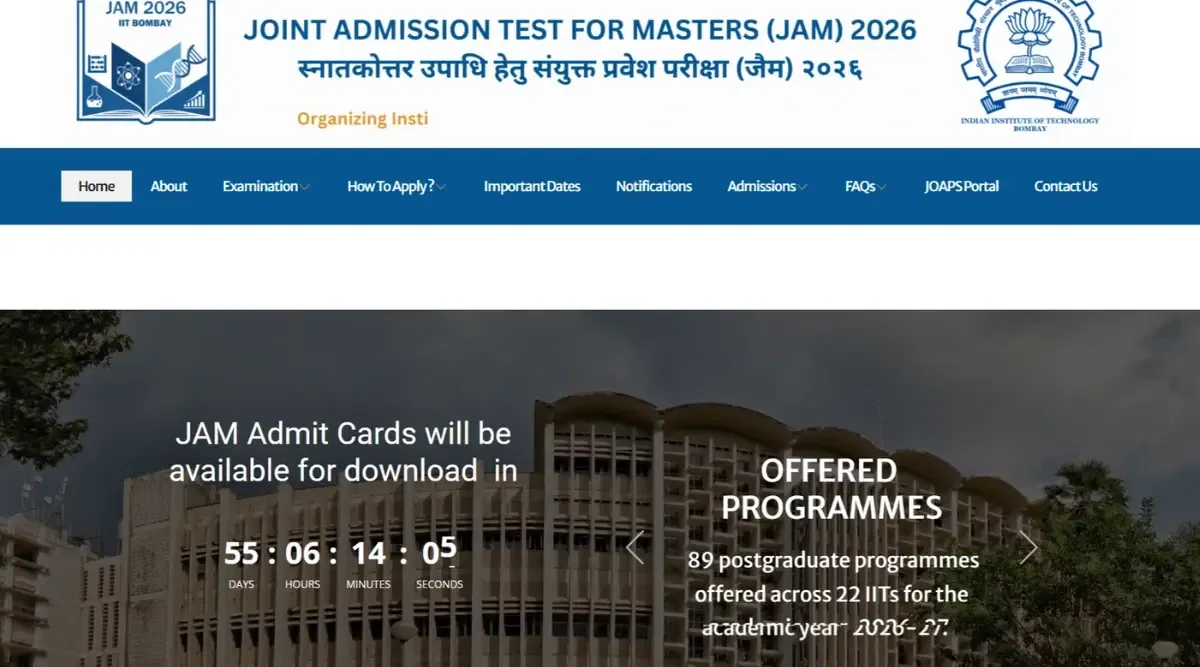



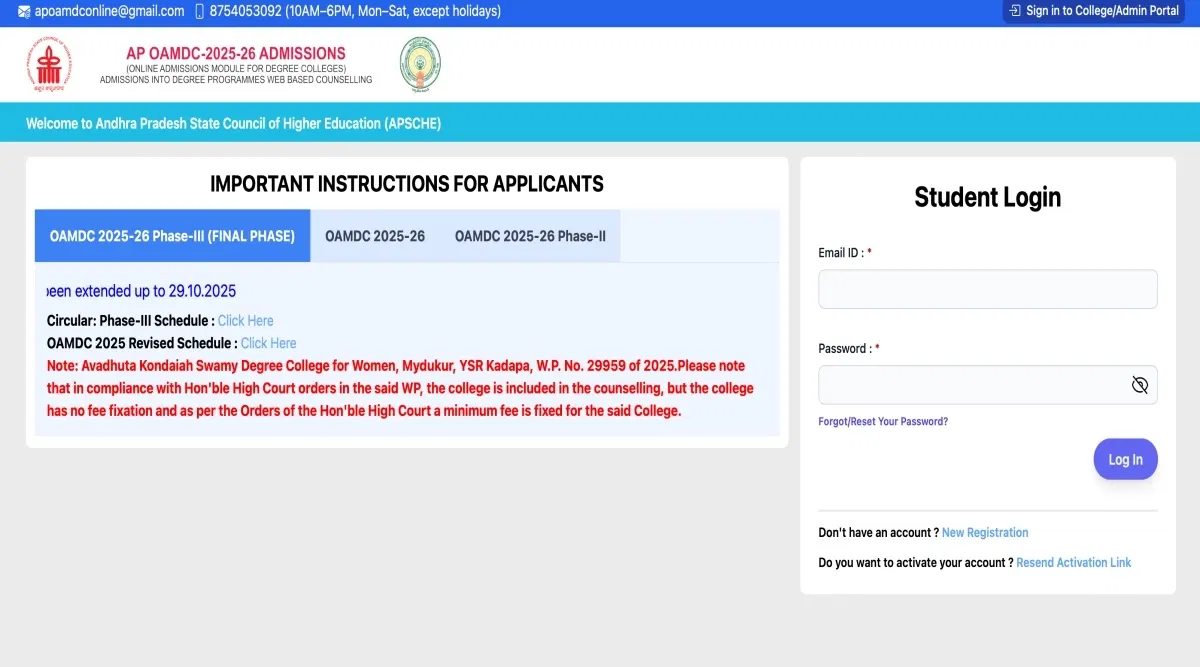

POST YOUR COMMENT